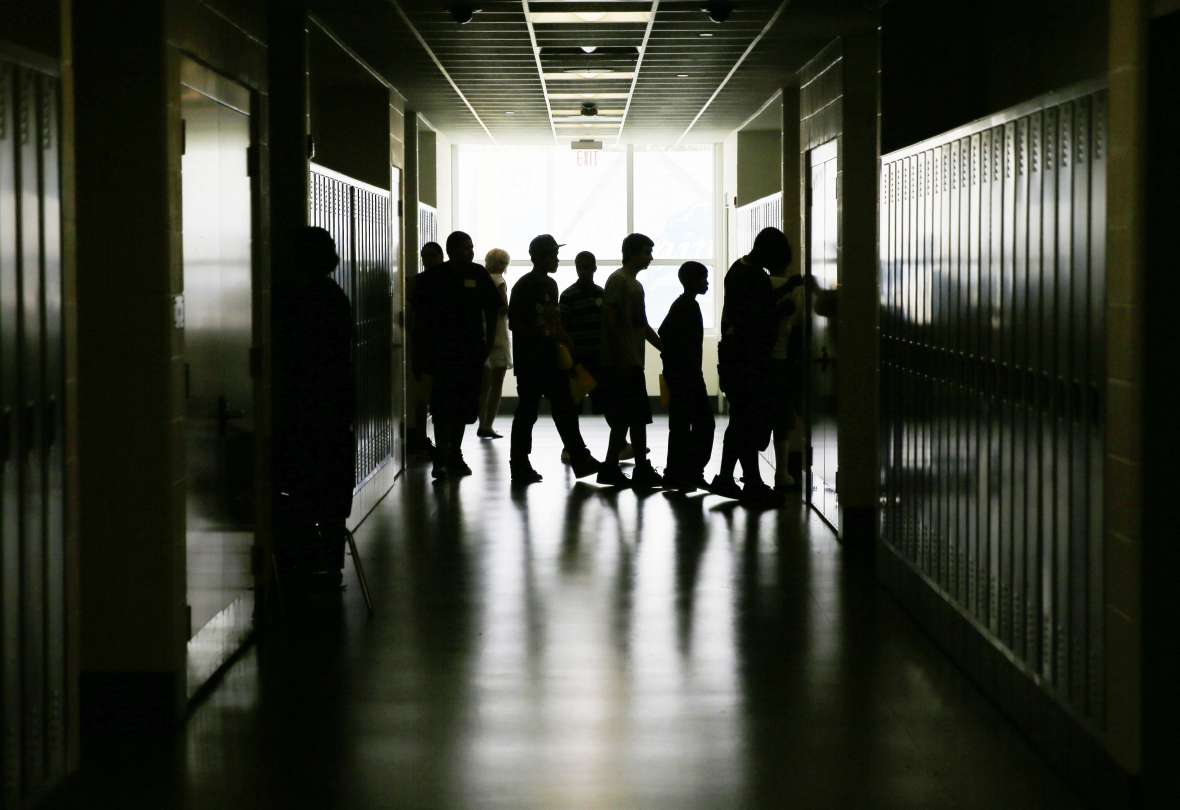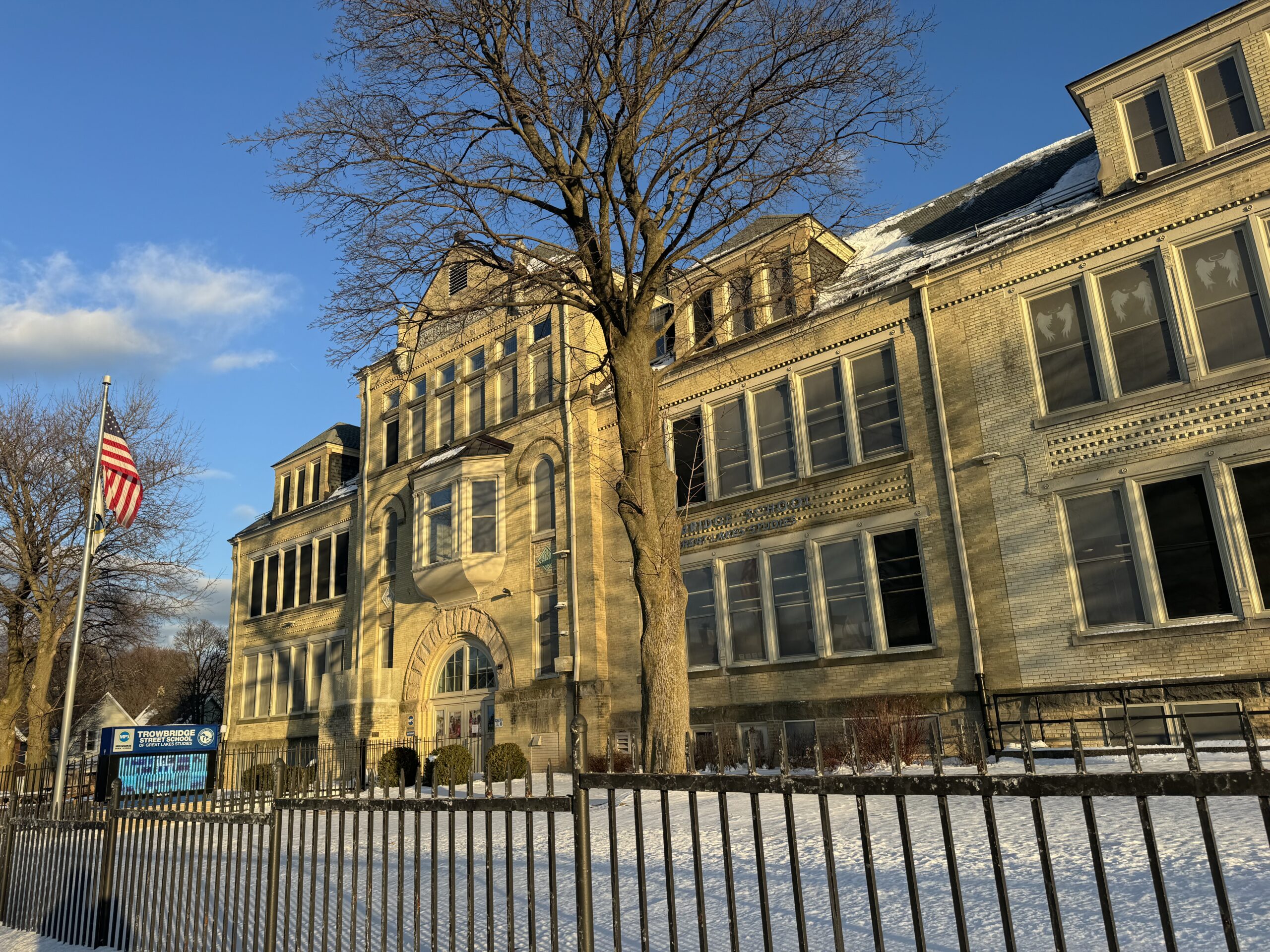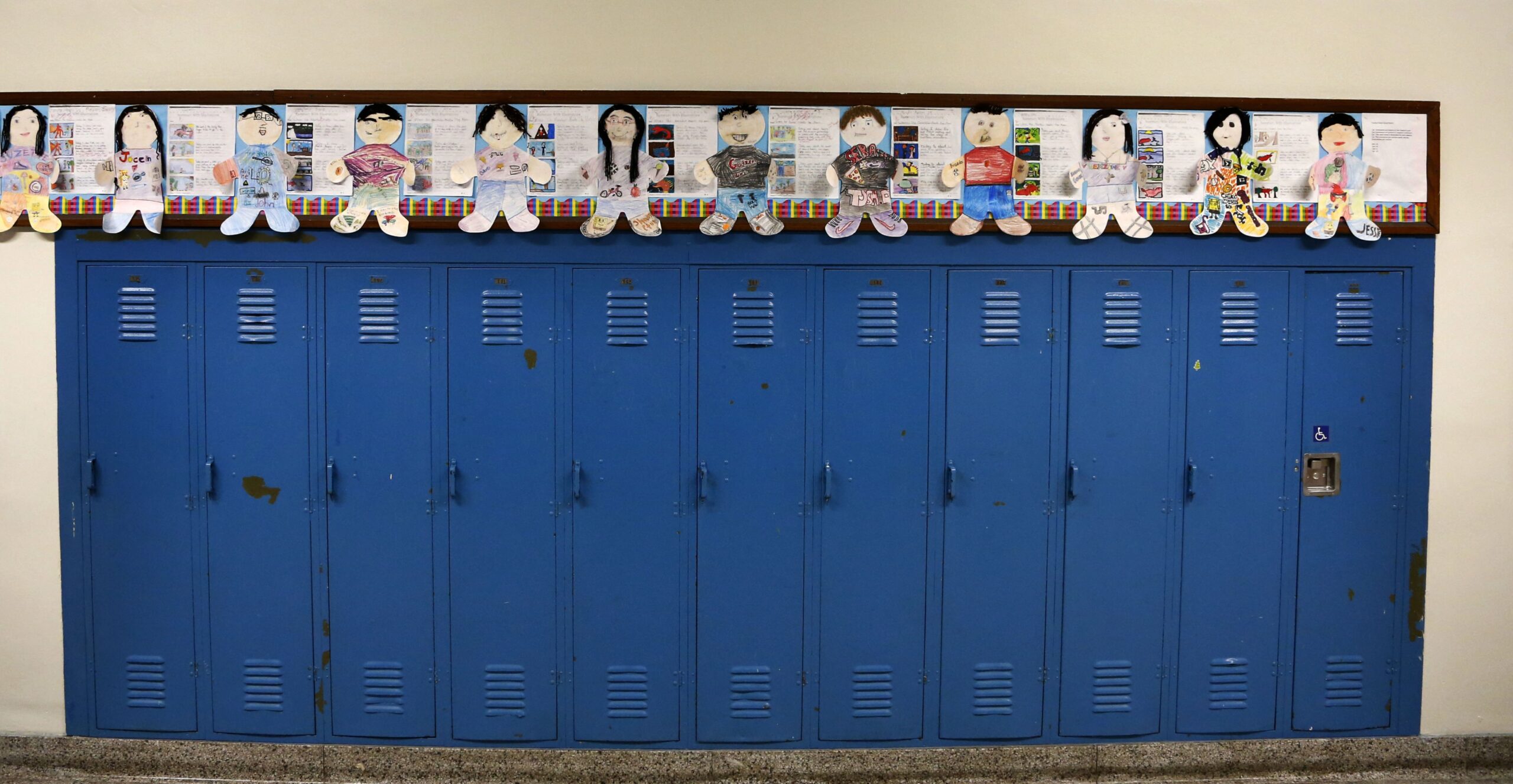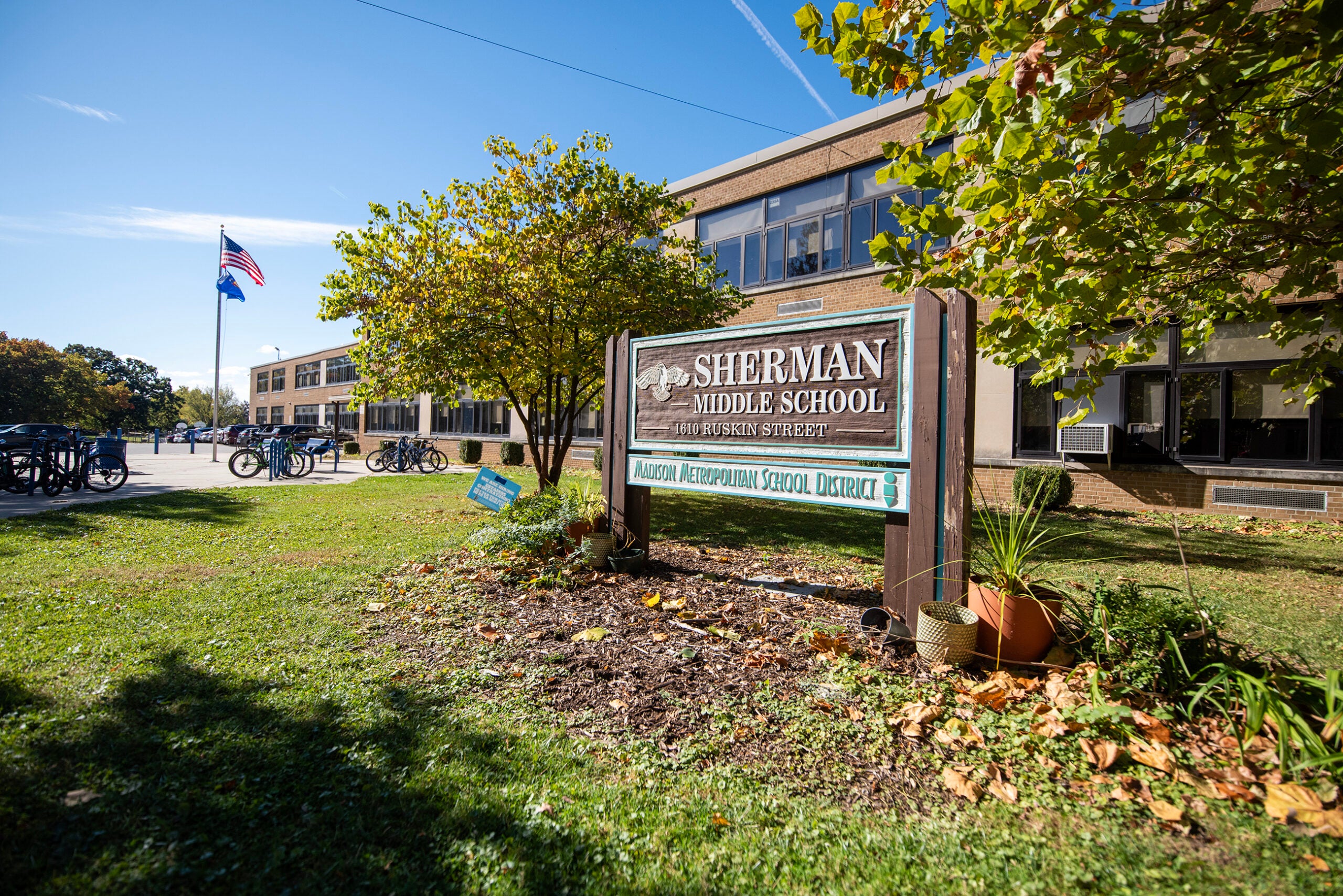As students return to school, law enforcement will now notify the Superior School District when they’ve responded to an emergency involving a student or the child’s family under a new program.
Over the summer, the district worked with local law enforcement agencies to set up a process for notifying the district regarding any police encounters with students as part of the new Handle with Care program. Incidents may involve a domestic dispute, mental health crisis, fire or some other event that could affect the student when they return to school.
Superior School District Administrator Amy Starzecki said officials are trying to increase awareness and support for students struggling with traumatic experiences outside the classroom in the district of roughly 4,300 kids.
News with a little more humanity
WPR’s “Wisconsin Today” newsletter keeps you connected to the state you love without feeling overwhelmed. No paywall. No agenda. No corporate filter.
“They might need to rest. They might be irritable. They might be withdrawn,” said Starzecki. “And so knowing that a child may have had an experience that is impacting their ability to focus in school, our staff would be available to help support that student.”
The program isn’t intended to invade a student’s or family’s privacy, said Starzecki. Superior Police Officer Michael Kendall, the school resource officer, said officers will review police reports and notify the district of any students that officials should handle with care.
“They will notify a person at the school district that this child was involved in a traumatic event without any particular detail. Then, the school district will determine what school the child is at and get that information back to the school,” said Kendall. “Then, the school can decide what would be the most appropriate way, whether it would be the counselor, a teacher, or someone else to just either check in or monitor that student.”
Kendall and Starzecki said the goal is to provide grace to students who may be struggling at home, as well as avoid disciplinary steps if a child is acting out or not engaging in the classroom.
The Handle with Care program was created in response to a 2009 report from an office within the U.S. Department of Justice on children’s exposure to violence. The report found more than 60 percent of roughly 4,500 children who took part in a national survey in 2008 had been exposed to violence within the last year.
The program, first piloted in West Virginia, has since expanded across the nation. Beyond Superior, other districts in Wisconsin have adopted it, including the La Crosse School District. Alicia Place, the district’s community services coordinator, said the district is entering its fifth year with the program. Since it began, she said they averaged between 25 to 40 reports in the last four years.
Place said some families have expressed their appreciation.
“We’ve had families say that they were really grateful that officers could just give us a heads-up, so in the chaos of whatever’s been happening, school wasn’t one more person to call,” said Place.
Since the program’s inception, the district has also reached agreements with Gundersen Lutheran and Mayo Clinic about notifying schools of any traumatic encounters. In those instances, Place said families will sign a release for emergency rooms to forward any information to schools. She said those notifications often involve hospitalizations of students for a mental health crisis.
“If a child is going to be missing school because of that, or a team at the school needs to meet with the family to come up with a plan to support the student’s mental health at school, we can do that,” said Place.
The communications from law enforcement or health professionals are forwarded to her. Place then works with counselors and teachers on a need-to-know basis. She said the intent is to offer a more trauma-informed approach to students and their families.
Wisconsin Public Radio, © Copyright 2025, Board of Regents of the University of Wisconsin System and Wisconsin Educational Communications Board.







